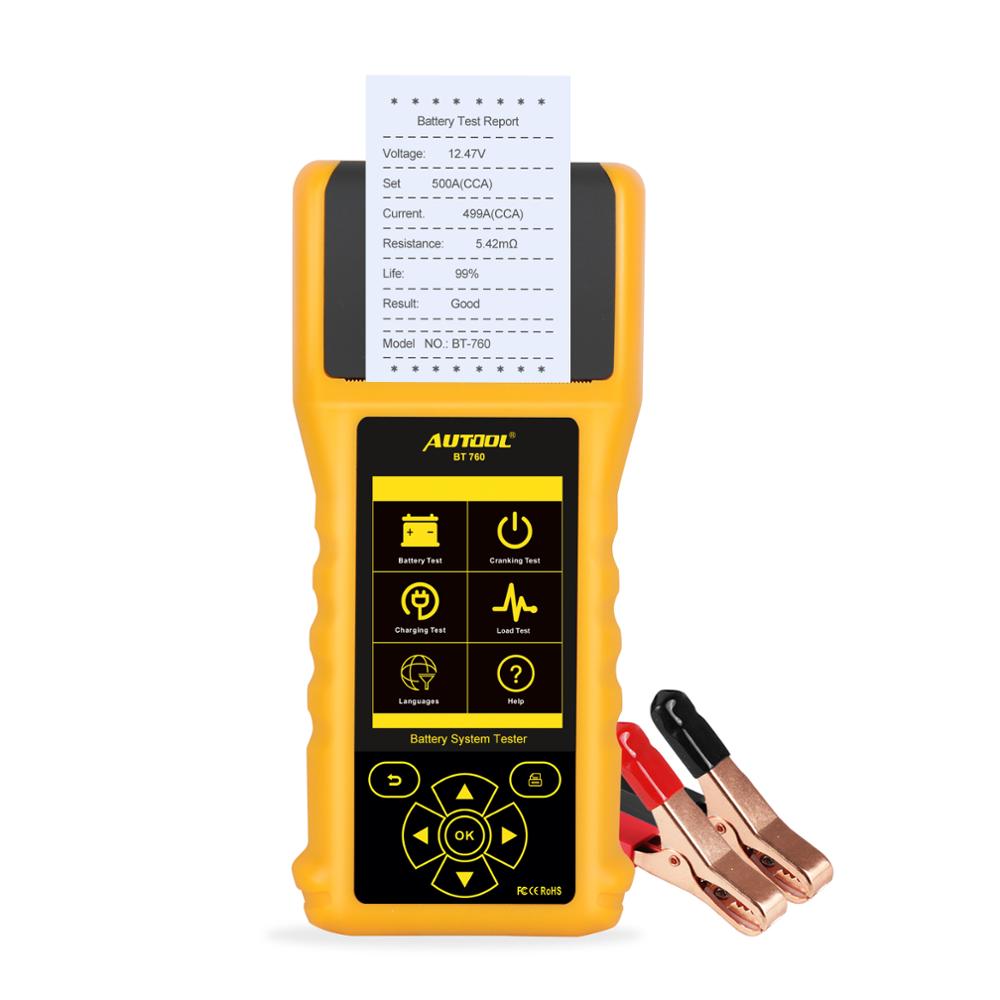
The processor also analyzes in milliseconds where someone has to analyze manually with the load tester. The "magic dust" in the more modern testers is a timing test, using near the same principle as the load tester, but for a shorter period of time. In my case, diesel batteries last about half the warranty life and there is always a refund on the time not used. This has been a real money saver for me since I knew when the battery was dead before I returned the core. If set up in parallel one can be worse than the other and you won't know. (Particularly 3 continuous tests drawing 250 amps for 20 seconds each) I also test them one at a time. Load testers are rough on a battery and could shorten the life if tested too often. I use the OTC 3181, 130 Amp capacity to test my boat and truck batteries but only if I suspect they are bad and for much shorter periods than the video describes. Sounds like you last choice is ideal for two batteries in parallel. The choice of a tester comes down to convenience, cost, and what you are really trying to accomplish. It can be confusing to try and describe what goes on in the alternator. (Such as the piece where he said to toggle to DC current to measure DC voltage) Also, some of the descriptions are incorrect, the alternator does not flatten the AC, it rectifies the AC.


One of the common mistakes people make when talking about current and voltage is mixing the terms.

It explains very clearly how batteries interact with the loads and charging systems.


 0 kommentar(er)
0 kommentar(er)
